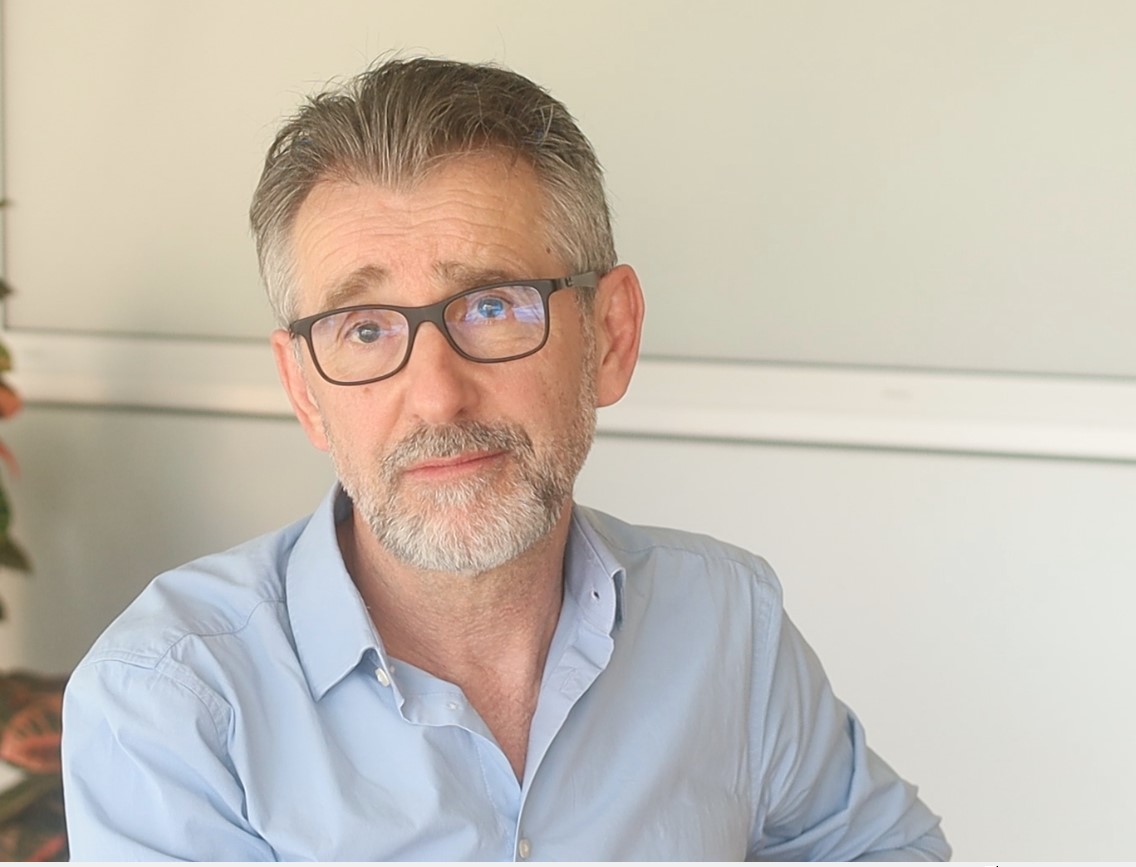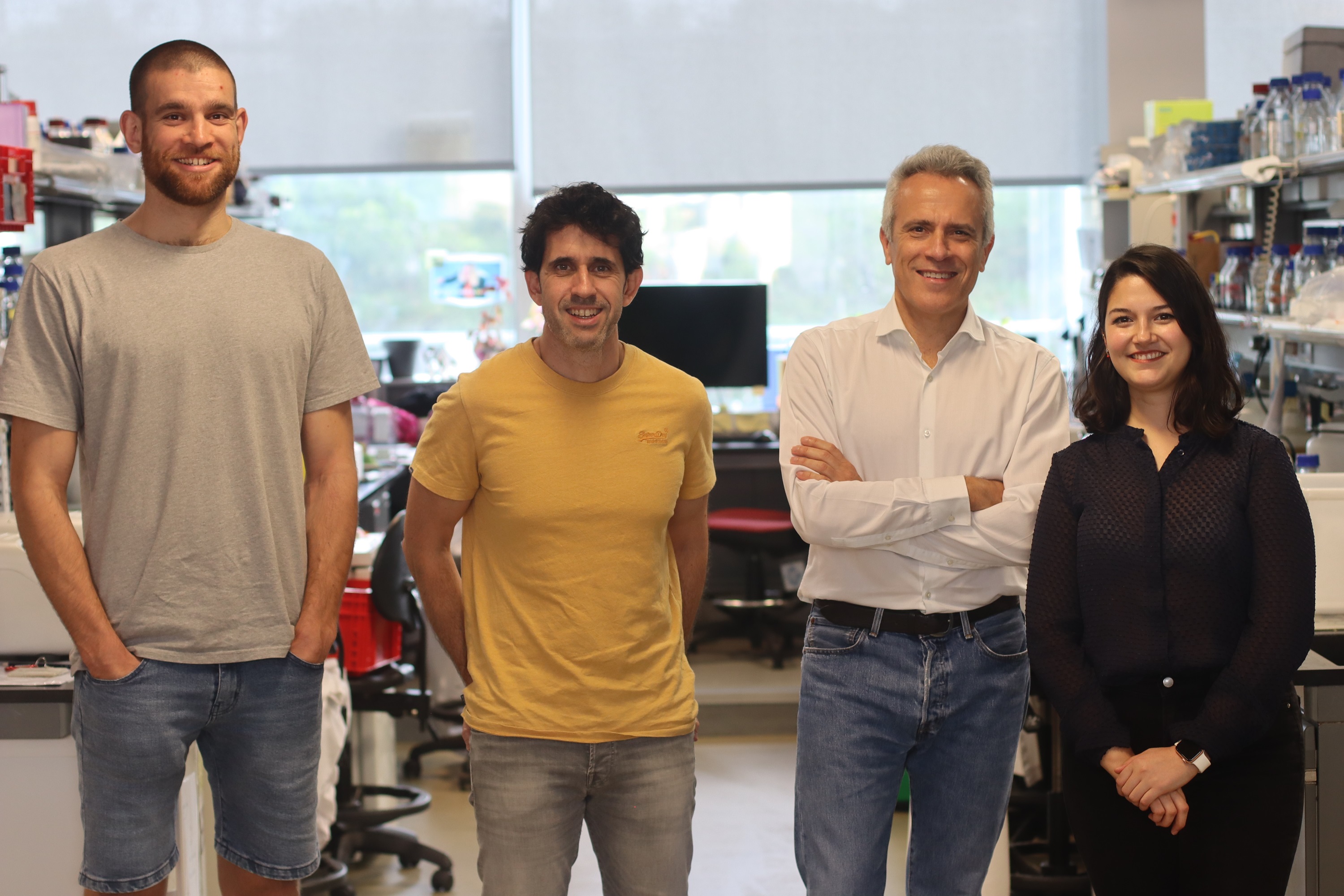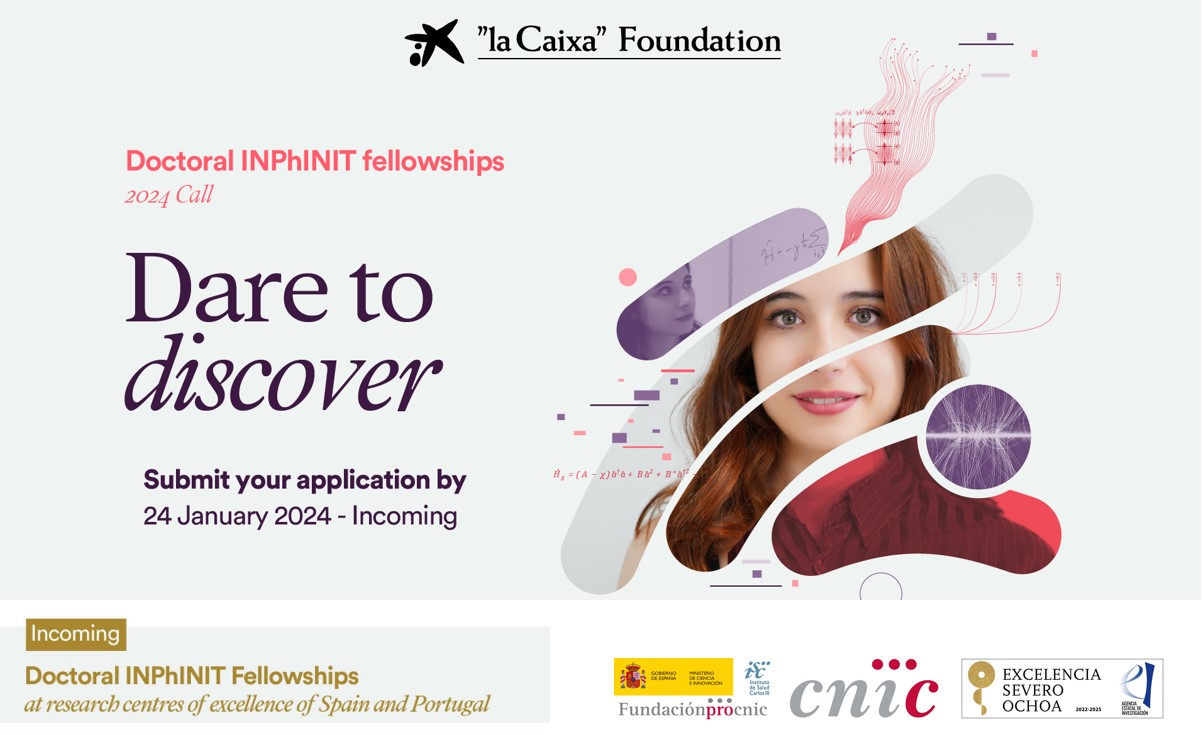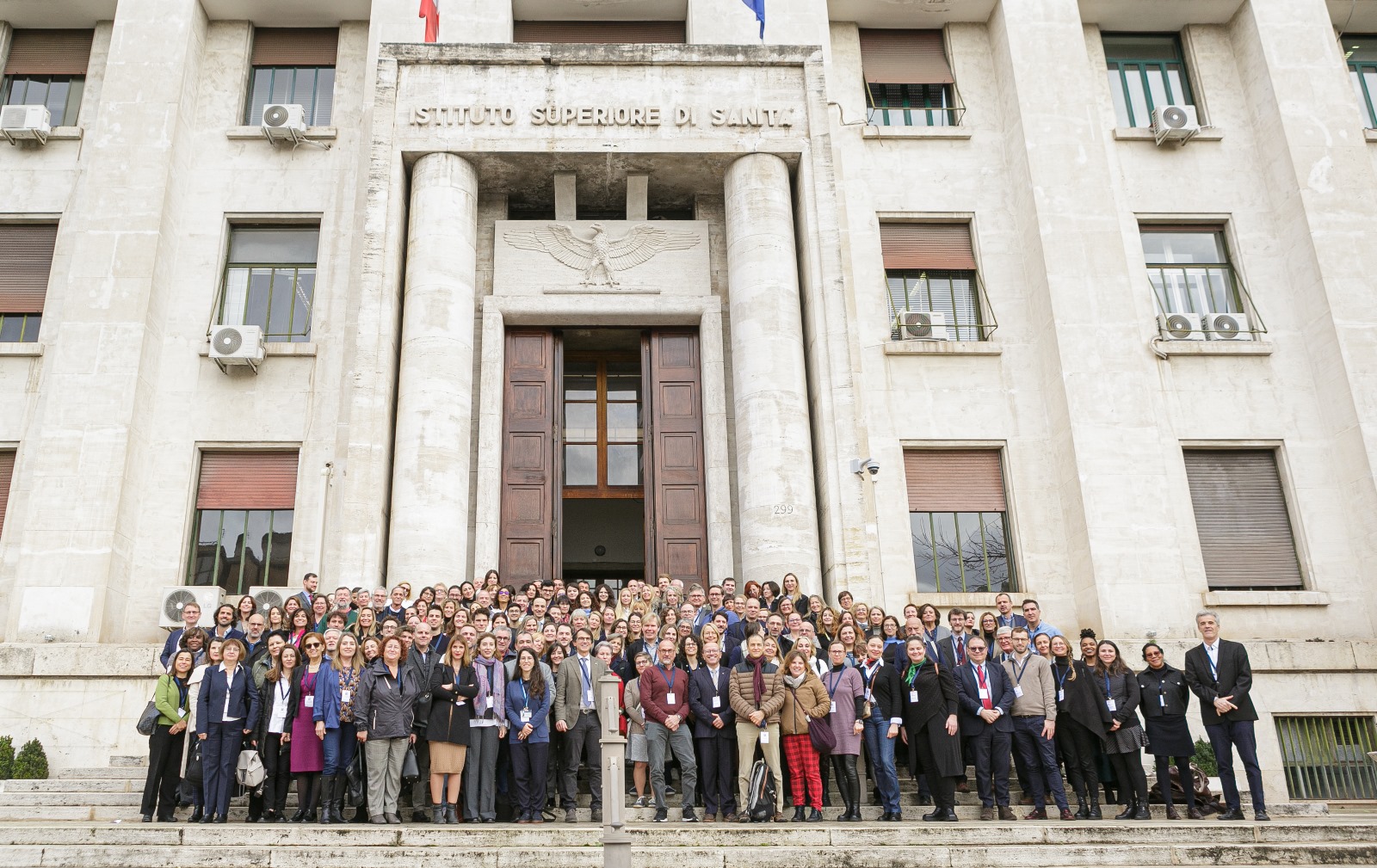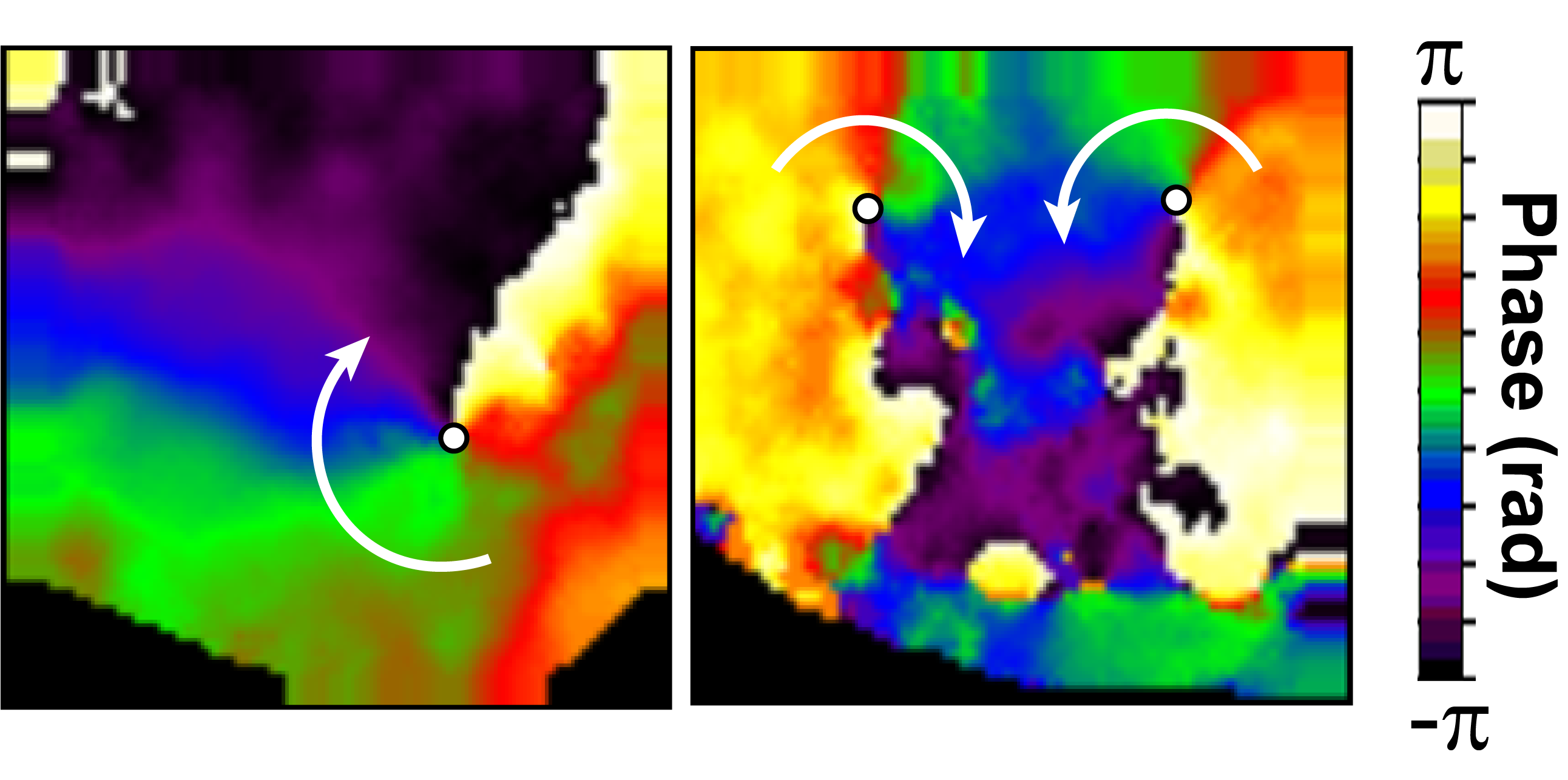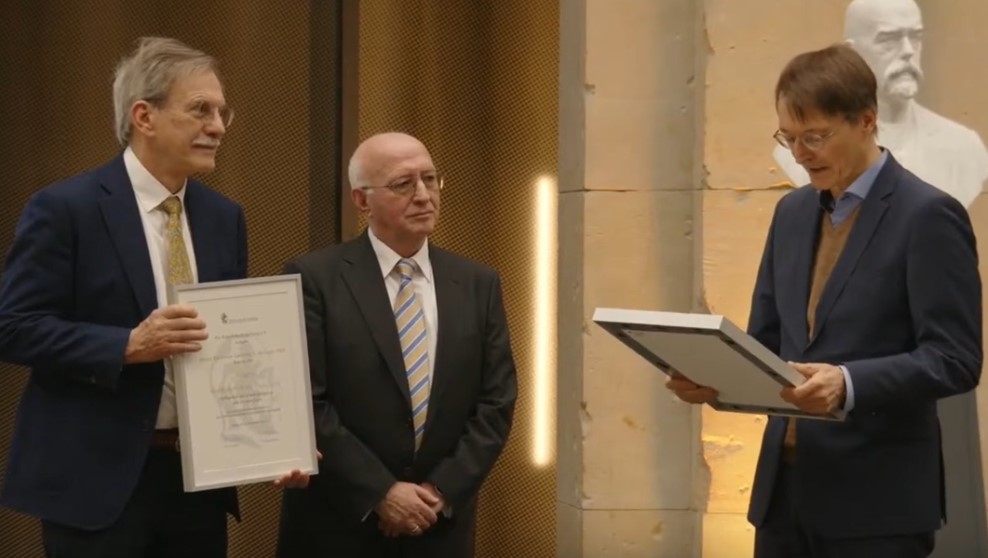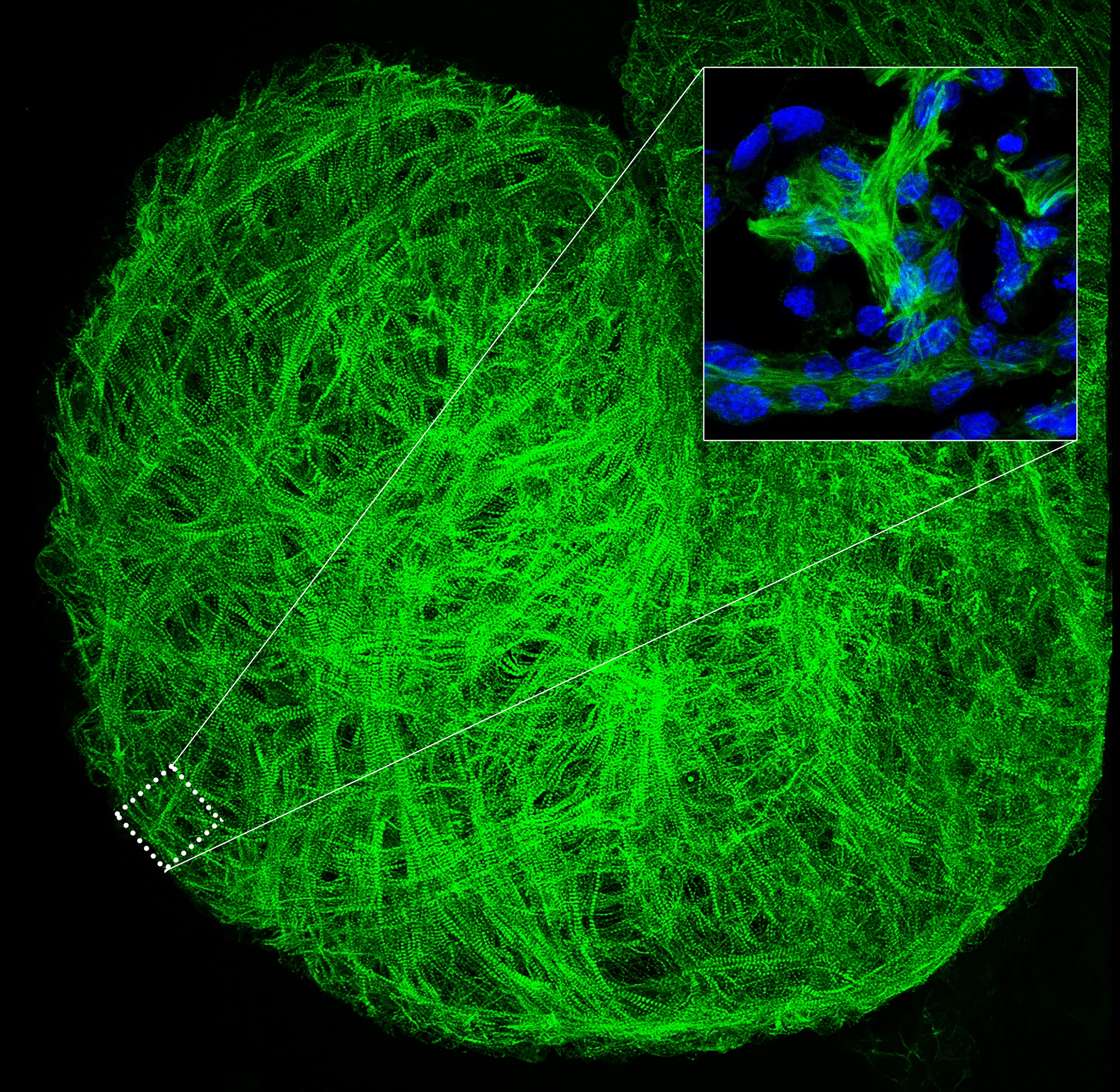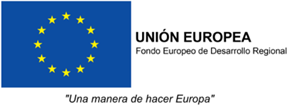News search
|
About the CNIC 2 Jan 2024 Juan Pedro Bolaños is Professor of Biochemistry and Molecular Biology at the University of Salamanca. |
|
Research 21 Dec 2023 Johns Hopkins UniversityBloomberg School of Public HealthBaltimore |
|
About the CNIC 19 Dec 2023 Dr. Carla Rothlin is Dorys McConnell Duberg Professor of Immunobiology and Professor of Pharmacology at the Yale School of Medicine, and co-leader of the Cancer Immunology Programme at Yale Cancer Centre. She studied biochemistry and pharmacology at the University of Buenos Aires, where she also undertook her postgraduate research under the direction of Dr. Ana Belén Elgoyhen, focussing on nicotinic receptors expressed in the inner ear. Later, she completed her doctorate and moved to San Diego to join Dr. Greg Lemke’s laboratory at the Salk Institute for Biological Studies. In 2009, Dr. Rothlin was named Assistant Professor in Immunobiology at Yale Medical School |
|
Research 11 Dec 2023 The findings, published in the journal Circulation Research, not only highlight the gene regulatory mechanisms that control valve formation, but also offer clues for future medical advances |
|
About the CNIC 30 Nov 2023 |
|
About the CNIC 29 Nov 2023 CNIC and the i+12 Institute co-lead one of the working groups of this initiative. |
|
Research 20 Nov 2023 Atherosclerosis, previously believed to be an irreversible progressive disease, can be reversed if risk factors are contolled early enough |
|
About the CNIC 17 Nov 2023 This work is of fundamental importance for understanding the immune system and its reactions |
|
Research 10 Nov 2023 Neuregulin-1 (Nrg1) plays an essential role in the transformation of the heart from its delicate primordial structure into the powerful beating mature organ |
- ‹ previous
- 9 of 51
- next ›

